We all know that plastic pollution is a massive problem for the environment, but did you ever think about what’s on your plate? Yep, microplastics—those tiny plastic particles—are showing up in places you’d least expect, including everyday foods. It’s not just a conversation for environmental forums anymore; it’s something you might want to consider the next time you sit down to eat. Let’s dive into some common foods that might surprise you with their microplastic content.
1. Shellfish
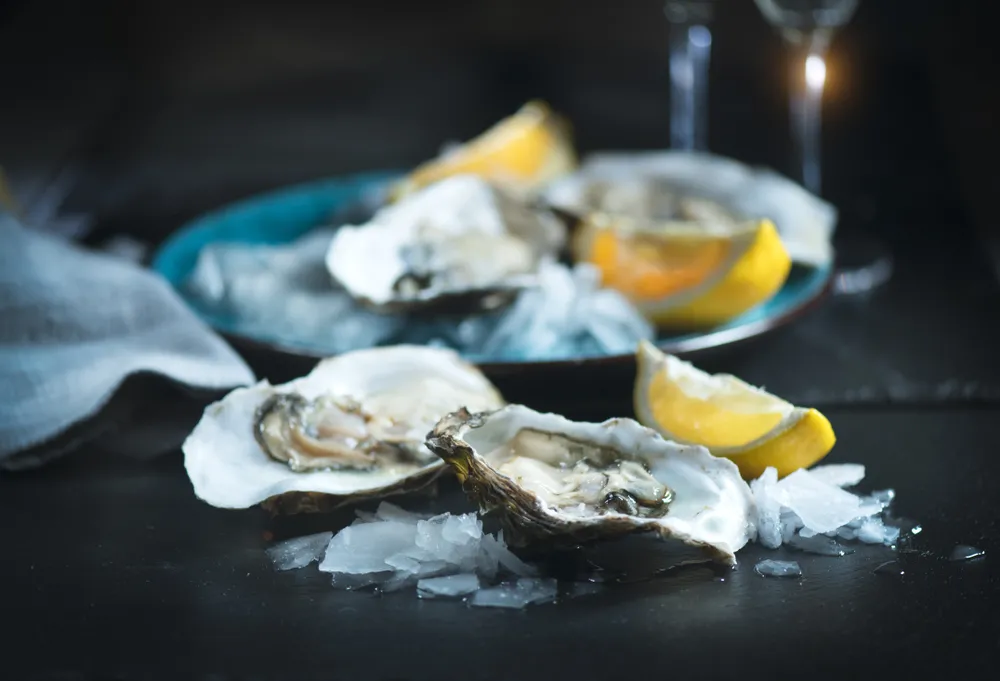
If you love oysters, mussels, or shrimp, here’s something you should know: shellfish are known to contain microplastics. These marine creatures filter water to get their food, and in the process, they also collect any tiny plastics floating around. According to a study published in the journal Environmental Science & Technology, shellfish can contain as many as several hundred microplastic particles per gram. Dr. Abigail Barrows, a marine research scientist, explains that since these creatures are filter feeders, they’re more susceptible to accumulating microplastics. It’s something to ponder next time you’re indulging in a seafood platter.
The impact of microplastics in shellfish isn’t just about what you consume. These tiny particles can also affect the health of the shellfish themselves. As they accumulate in their digestive systems, it can lead to less efficient feeding and potentially impact their growth. While you might not feel the effects immediately, there’s a growing concern over the long-term health implications for both us and marine life. So next time you’re at a seafood restaurant, maybe think twice about that second helping.
2. Salt
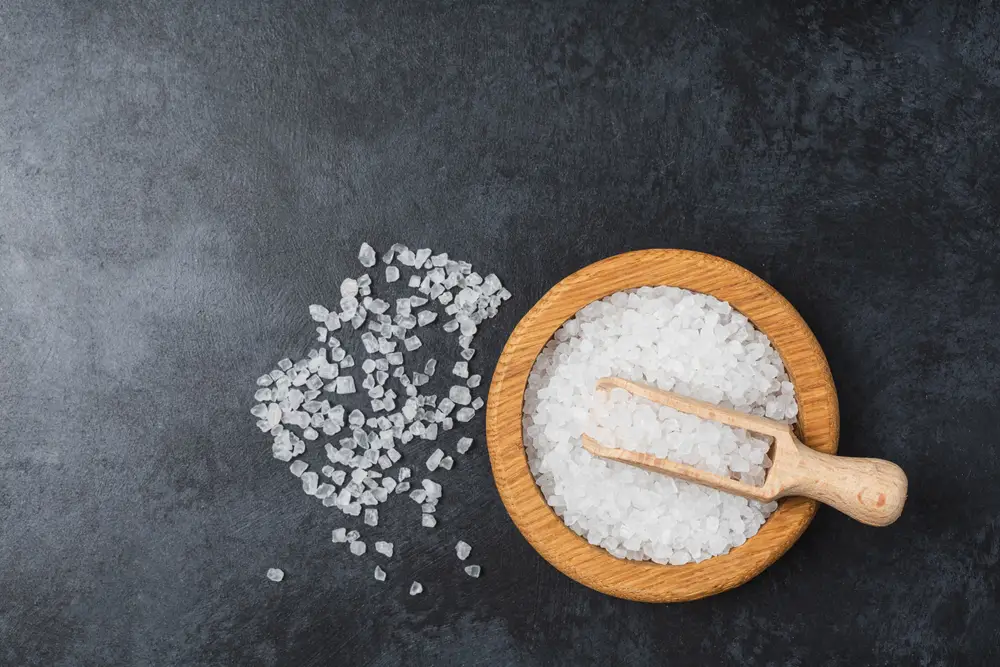
You sprinkle it on your fries and use it to season your pasta, but your table salt might be carrying more than just flavor. A lot of the salt we consume comes from the oceans, and so do the microplastics. Researchers have found microplastics in 90% of table salt brands tested globally. These tiny particles make their way into salt during the harvesting process from seawater. While the amounts are low, it’s still unsettling to think that your favorite seasoning could come with a side of plastic.
The presence of microplastics in salt could potentially have health implications, although the research is still in its early stages. Scientists are still trying to figure out how these particles might affect our bodies over the long term. What we do know is that microplastics can carry contaminants, which could pose additional health risks. While it might not be enough to make you ditch salt altogether, it’s something to keep in mind. You’re adding a little extra to your meals, even if you can’t see it.
3. Bottled Water
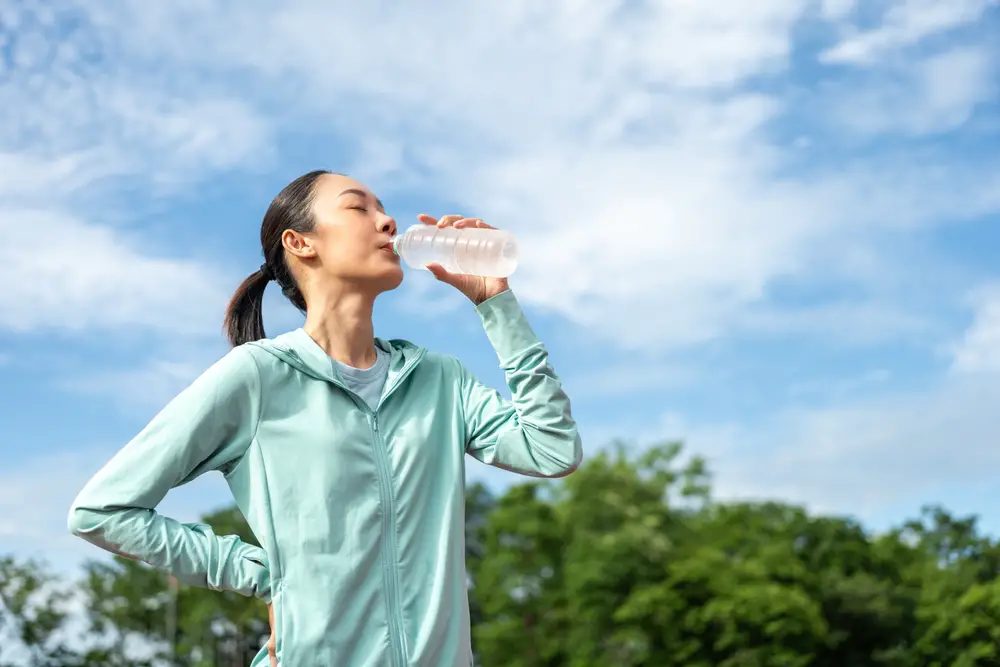
You might think that reaching for bottled water is a healthier alternative, but think again. Studies have shown that bottled water can contain thousands of microplastic particles per liter. Sherri Mason, a chemist and researcher, conducted a study revealing that 93% of bottled water samples from various brands contained microplastics. The plastic bottles themselves might be the culprits, shedding tiny particles over time. It’s a bit ironic, considering many people choose bottled water for its perceived purity and safety.
Drinking microplastic-laden water might not instantly harm you, but it raises some concerns. Scientists worry about the potential long-term effects these particles could have on our health. While more research is needed, some studies suggest that microplastics could cause inflammation or act as vectors for harmful chemicals. You may want to reconsider your bottled water habit and try reusable bottles instead. It’s better for the planet and, possibly, for you.
4. Beer

Even your favorite brew isn’t immune to the microplastic invasion. A study sampled 24 brands of beer and found microplastics in all of them. The contamination likely occurs during the brewing process, when water is introduced. Whether you’re enjoying a craft beer or a mainstream brand, those tiny particles are likely present. It’s not what you want to think about while unwinding with a cold one, but it’s a reality.
For beer lovers, the idea of microplastics in their drink might not be enough to put them off, but it does add another layer of consideration. The impact of microplastics in beer is still being studied, but it raises questions about the purity of even the most carefully crafted brews. While there’s no immediate cause for alarm, it’s worth noting how pervasive the problem is. The next time you’re sharing a pint with friends, maybe bring it up as a conversation starter. Cheers to being informed!
5. Honey
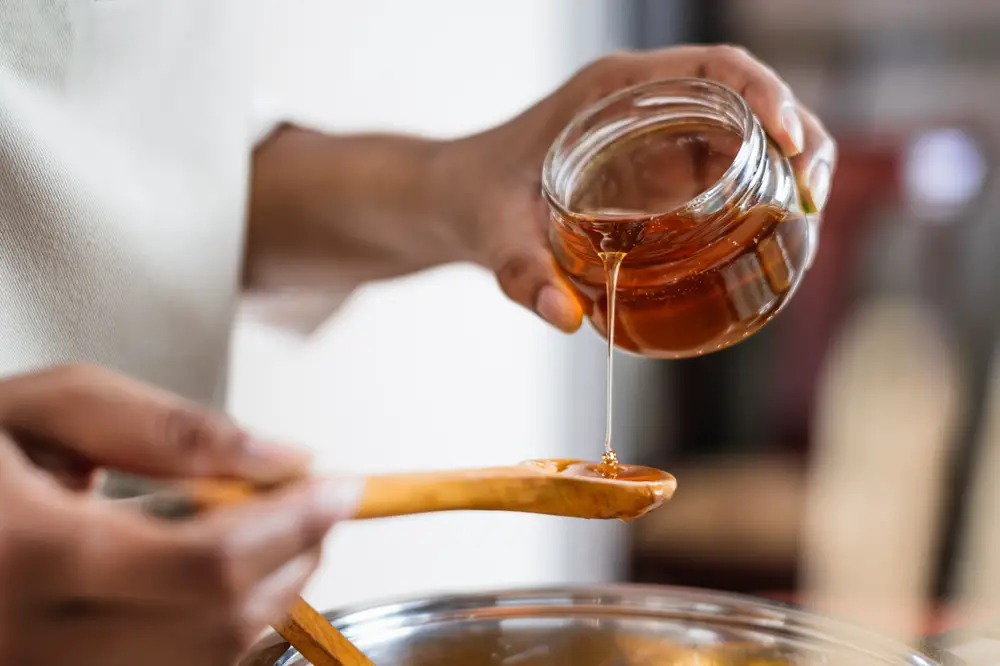
Sweet, golden honey might not seem like a plastic risk, but studies show otherwise. Researchers have found microplastics in honey from various countries. According to a study led by Dr. Melanie Bergmann from the Alfred Wegener Institute, honey can be contaminated with airborne microplastics. These particles get trapped in the bees’ bodies and eventually make their way into the honey. It’s a bit unsettling to think that your natural sweetener comes with unintended additives.
The presence of microplastics in honey adds to the growing list of concerns about these tiny pollutants. While it’s unclear how they might affect us when consumed in small amounts, researchers are concerned about the cumulative impact. Microplastics could potentially carry harmful substances, which might not be what you signed up for when choosing honey as a healthy option. It doesn’t mean you should stop enjoying honey, but maybe consider where it’s sourced. Supporting local beekeepers could be a step in the right direction.
6. Fish
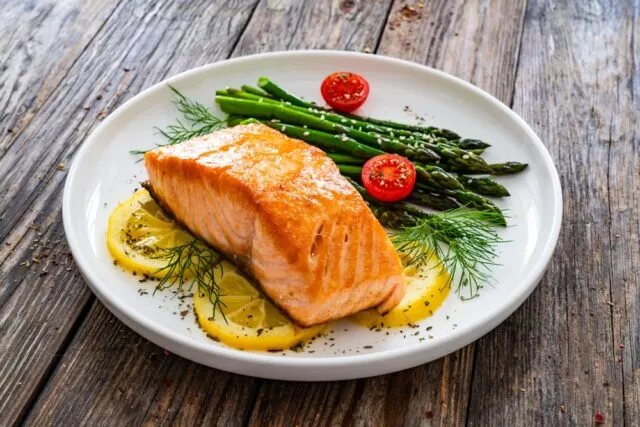
Fish is often touted as a healthy protein source, but it can also be a source of microplastics. Just like shellfish, fish can ingest microplastics from polluted waters. What’s concerning is that these particles can make their way into the fish tissue, which means you’re consuming them too. The extent of microplastic contamination can vary depending on the fish species and where they were caught. It’s another layer to consider when deciding between wild-caught and farmed fish.
Eating fish with microplastics isn’t an immediate health threat, but it adds to the growing concerns about plastic pollution. Microplastics might carry harmful chemicals that could affect both the fish and those who consume them. Scientists are still studying the long-term health effects, but the uncertainty is enough to make you think twice. While fish is a nutritious choice, it’s worth being mindful of its sourcing. Knowing the origin of your seafood could help you make more informed choices.
7. Tea Bags

That comforting cup of tea might come with an unexpected ingredient. Research from McGill University found that some tea bags can release billions of microplastic particles into your drink. Dr. Nathalie Tufenkji, who led the study, discovered that the plastic coatings on certain tea bags degrade when exposed to hot water. This means that while you’re savoring your tea, you might also be sipping on microparticles. Not exactly the calming experience you signed up for.
The idea of microplastics in your tea is enough to make any tea lover pause. While the health implications are not fully understood, it’s a bit unsettling to think about. Opting for loose-leaf tea might be a good alternative if you’re concerned about microplastics. Plus, it gives you the opportunity to experiment with different blends and flavors. A small change can make a big difference, both for your health and the environment.
8. Tap Water
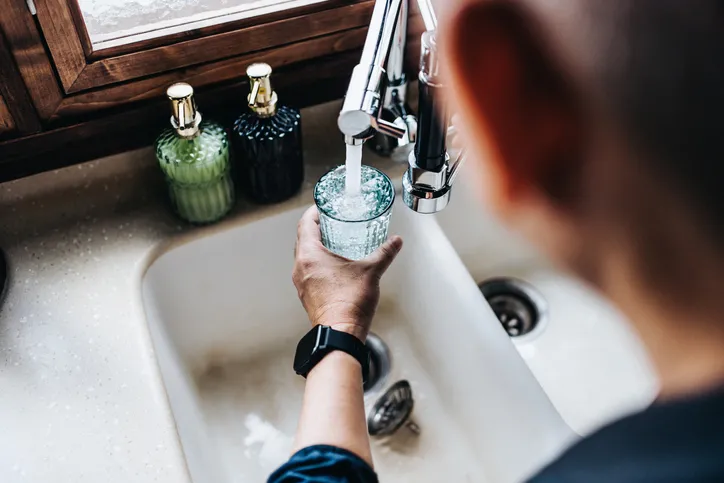
If you think you’re avoiding microplastics by skipping bottled water, think again. Studies have found that tap water can also contain microplastic particles. This isn’t just a problem in countries with known water quality issues; it’s a global phenomenon. The particles can enter water systems through various means, such as plastic waste runoff. Even though tap water often undergoes filtration, microplastics are small enough to slip through.
While the levels of microplastics in tap water are generally low, it’s still a concern. Scientists are exploring the potential health impacts, but there’s still much to learn. Some suggest that filtering your tap water could reduce your microplastic intake, although not entirely eliminate it. It’s another reminder of how pervasive plastic pollution is in our daily lives. Being aware of it is the first step toward making conscious choices.
9. Flour
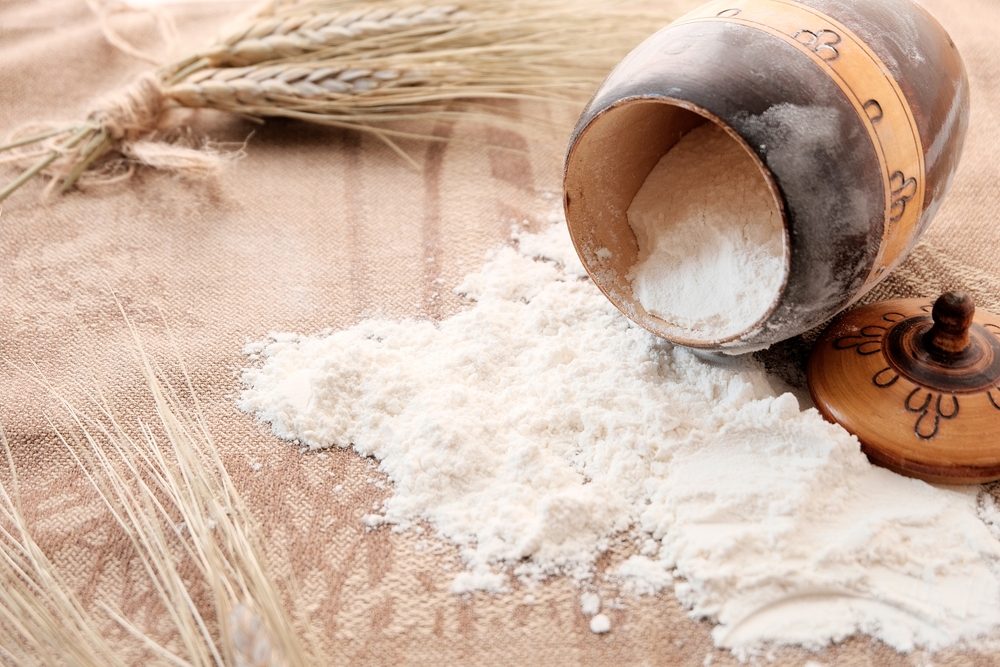
When you’re baking your favorite treats, the last thing you’d expect to add is microplastics. However, flour can contain these tiny particles, introduced during the milling process. The presence of microplastics in flour is less about direct contamination and more about environmental exposure. Particles from the surrounding air and equipment can make their way into the product. It’s a hidden ingredient that no one asked for.
While the thought of microplastics in your baking might be unsettling, it’s worth noting that the levels are generally low. Still, it’s a reminder of just how far-reaching plastic pollution is. Being informed about where your ingredients come from can help you make more conscious decisions. Maybe it’s a good reason to try supporting local mills or organic brands. Sometimes, the smallest changes can make a difference.
10. Vegetables
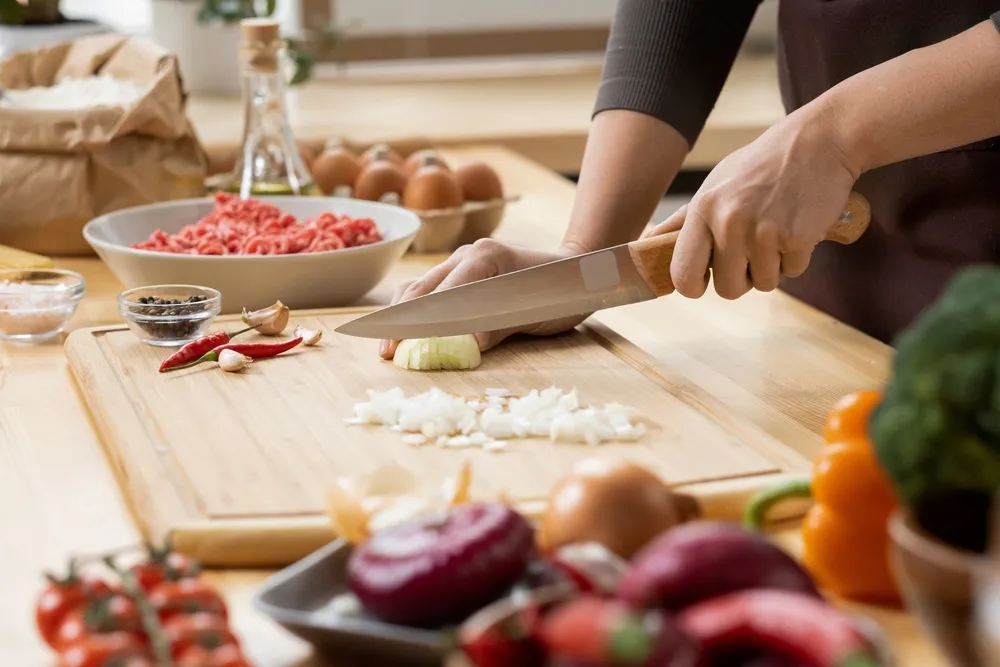
You might assume that vegetables are one of the safest food groups, but even they aren’t immune. Microplastics can contaminate soil through plastic mulch and other agricultural practices. These particles can be absorbed by plants, making their way into your vegetables. The amounts are generally low, but it’s still a bit unsettling. It’s not something you’d typically think about while enjoying a salad.
The presence of microplastics in vegetables brings up important questions about agricultural practices. While it’s unlikely to cause immediate harm, the long-term implications are still unknown. Researchers are exploring how these particles affect soil health and plant growth. Being aware of where your produce comes from and how it’s grown can make a difference. Opting for organic or locally sourced vegetables might reduce your exposure.
11. Rice
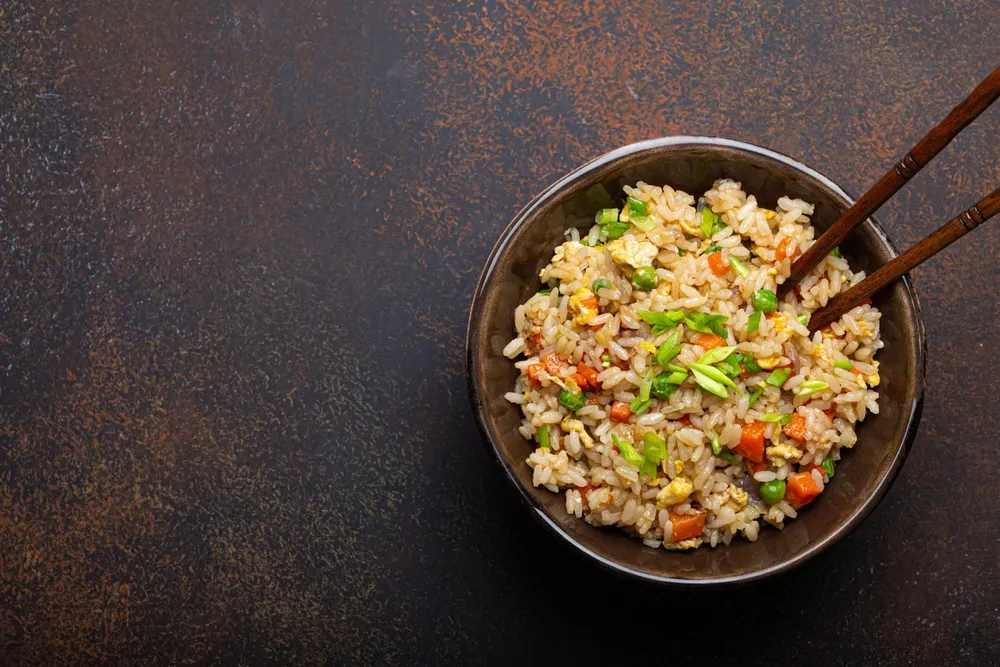
A staple in many households, rice is another unsuspecting food that can contain microplastics. The contamination often occurs during processing and packaging. Rice absorbs water as it cooks, and any microplastics present in that water can become part of your meal. It’s an invisible addition that most people are unaware of. While you’re enjoying your stir-fry or curry, you’re also getting a side of unwanted extras.
The impact of microplastics in rice is still being studied, but it’s a growing area of concern. While the amounts are small, it’s another example of how pervasive plastic pollution is in our food supply. Awareness is the first step toward making better choices. Purchasing rice in bulk or from trusted sources might offer some peace of mind. Sometimes, a little extra effort in checking where your food comes from can go a long way.
12. Fruit
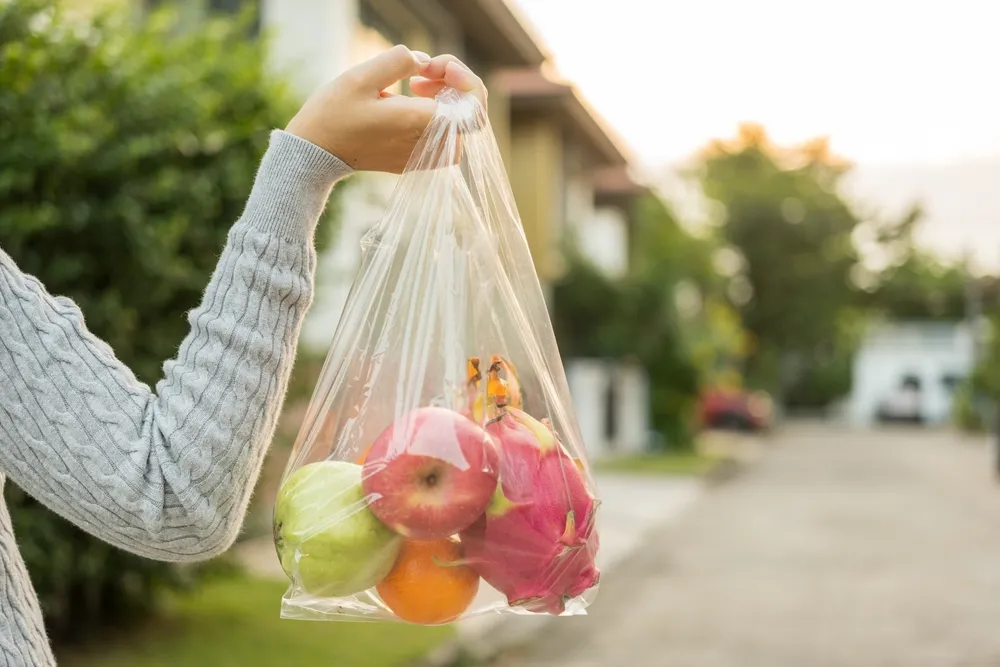
Your favorite fruits might not be as pure as they seem. Microplastics can end up in fruit through contaminated irrigation water or soil. While washing your fruit helps remove surface contaminants, it doesn’t eliminate particles absorbed during growth. It’s a small concern, but one that adds to the broader picture of microplastic contamination. It makes you think twice about the unseen components of a healthy snack.
Despite the presence of microplastics, fruits remain an important part of a balanced diet. They offer essential nutrients and vitamins that are hard to find in other foods. However, it’s worth considering where your fruit comes from and how it’s grown. Organic farming practices might reduce the likelihood of contamination. In the end, being informed helps you make choices that align with your values and health goals.
13. Sugar
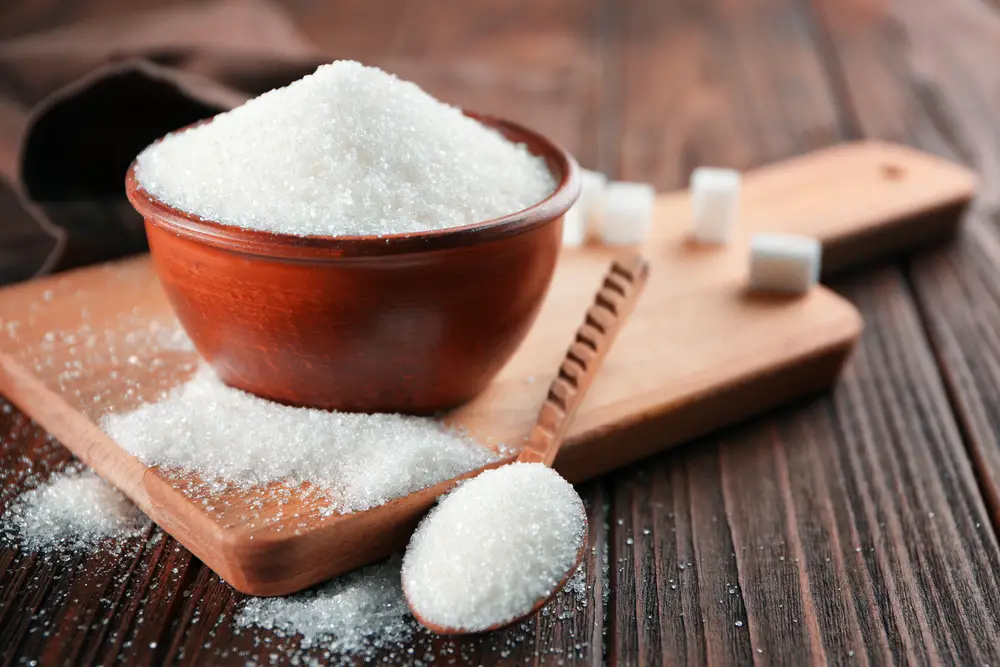
That spoonful of sugar might come with more than just sweetness. Researchers have found microplastics in various types of sugar, including granulated and powdered forms. These particles can enter the sugar during the refining process or from contaminated equipment. It’s not something you’d expect when reaching for a sweetener, but it’s a reality worth knowing. While the amounts are minimal, it raises questions about everyday food safety.
The presence of microplastics in sugar is another example of how deeply plastic has infiltrated our food chain. Even small exposures could contribute to long-term health concerns, though research is ongoing. It’s a timely reminder to be conscious about what you’re consuming. Opting for organic or unrefined sugars might reduce the risk, although it’s not a guaranteed solution. Being aware is the first step to making more informed choices.
14. Bread

Even your morning toast isn’t free from microplastic concerns. Tiny plastic particles can find their way into bread through various means, including contaminated flour or packaging. While it’s not something you’ll taste, it’s one more element to consider in your diet. The amounts are small, but it’s another reminder of how prevalent microplastics are. It’s an invisible addition that can leave a lasting impact.
While bread is a staple in many diets, the notion of microplastics might make you reconsider your choice. The health implications of consuming microplastics are still under investigation, but awareness is key. Choosing bread from local bakeries or those that focus on organic practices might offer some peace of mind. Awareness leads to better choices, even if it’s just about your daily bread. Being informed empowers you to take control of what ends up on your plate.
